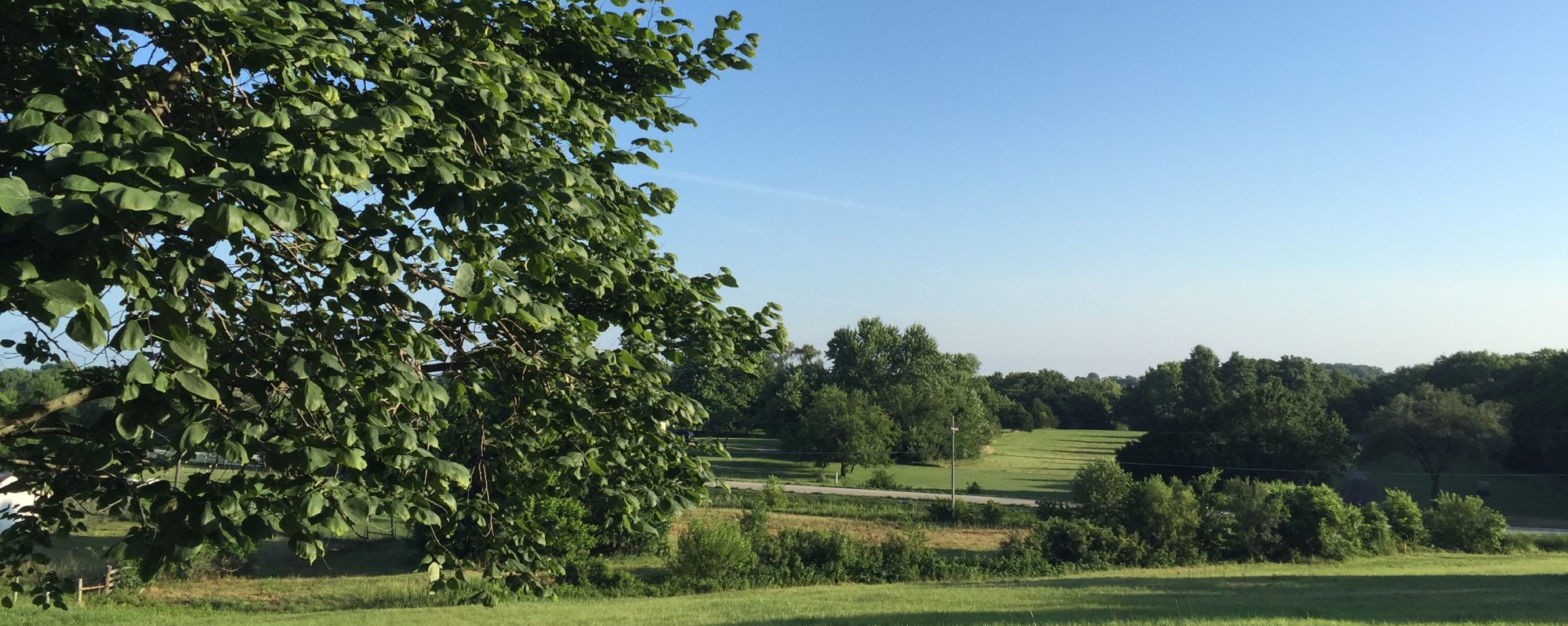
Reality, Part 5
“We normally believe that experience takes place in time, and ‘now’ is the name that we give to the moment in time at which experience occurs. Time is, as such, considered to be a line extending indefinitely into a past and a future, and the now is considered to be a point that is slowly moving along that line.”[1] Rupert Spira
In his book, The Nature of Consciousness,1 author and philosopher Rupert Spira describes three states of consciousness: waking, dream, and deep sleep. If we imagine consciousness as a wagon wheel, the waking state would be the rim, the dream state would be the spokes, and deep sleep would be the hub. In religious terms, the hub is God, or the originating energy/consciousness from which everything manifests. Spira explores (my paraphrase of) the question: “Is physical life the source of consciousness or is consciousness the source of physical life?” An offshoot of the question is whether or not our conscious awareness is a product of our physical brain – a phenomenon of the rim – or whether it originates from and resides outside of the body – the hub. If the former is true, then physical death is the end of consciousness because without a functioning brain there is no source from which awareness can arise. If consciousness arises from a non-physical source, like the hub, then our bodies are secondary manifestations of a consciousness that exists independent of the body.
The primary trait of waking consciousness is perception of our apparent individual nature, separate and apart from everything else. The nature of the world we experience in waking consciousness becomes the standard by which we assign reality and truth, but only when we are awake. It is the experience of being self-and-other aware. Our reality in the waking state occurs in time (a phenomenon of the rim), and most of what we identify as real and true is experienced as solid and tangible.
“As we fall asleep, the clarity and precision of the waking state begin to dissolve” and we move into the dream state.[2] This dream state is the link between the spiritual source and the waking manifestation. In our dreams, whether in sleep or daydreams, our perceptions and relationships become more fluid and malleable than in waking consciousness. Our experience of time relaxes, our perception of 3-dimensional space is less rigid, and the pull of gravity eases. Being with dead (in waking state) loved ones or familiar people we do not know in waking life is normal, as if the life-boundaries we accept when awake shift significantly.
The deep sleep state corresponds to unconsciousness, meaning that any forays into this realm are imperceptible to our waking state. Everything that has ever, is now, or will ever manifest in the dream or waking states is eternally present as possibilities in the deep sleep state. It is pure energy, spirit, or consciousness in an undifferentiated state. All of our experiences in waking or dream states of consciousness originate within and proceed out of the deep sleep state. The foundational conditions of this state are peace and joy, which sometimes slip into waking consciousness like whispered love-letters from Home.
Everything we experience in our waking state is a manifestation of the pure consciousness of the deep sleep state. The undifferentiated conscious energy of the hub is condensed or compressed in a way that transforms a potential manifestation into an actual experience in waking consciousness, including the bodies containing those experiences. The 3-dimensional, time-bound existence we consider real and true in our waking state of being has no reality or truth apart from the originating consciousness. As we loosen our conscious grasp on the perceived solidity of everything in waking consciousness, either through meditation or sleep, the energy bound in our waking world relaxes and expands. The experiences of our bodies, as well as of time, space, and relationships, transform into less-rigid characterizations of their waking counterparts as they begin to meld back toward the single, unified state of undifferentiated consciousness from which they came. This helps explain why early mornings and late nights are generally the easiest times to enter a meditative state since many of those around us are asleep. There is less psychic pollution, as a friend of mine once said. The conscious energy around us has drifted away from the rigid rim toward the ethereal hub of the wagon wheel of consciousness, thereby loosening the collective bonds of the waking state.
The point, with regard to reality and truth, is that what seems real and true to us changes with our states of consciousness, including and especially our perception of time. Consciousness precedes manifestation, never the other way around. As such, it is little wonder that neither science nor religion provide reliable answers to our questions about reality and truth. The answer, for those in need of such, is “Well, it all depends…”
This is the 25thin a series of Life Notes on Time, and Eternity. The opinions expressed are mine. To engage with me or to explore contemplative spiritual direction, contact me at ghildenbrand@sunflower.com.
[1] Rupert Spira, The Nature of Consciousness, Sahaja Publications, Oxford, 2017, p. 151.
[2] Ibid, p. 123.

